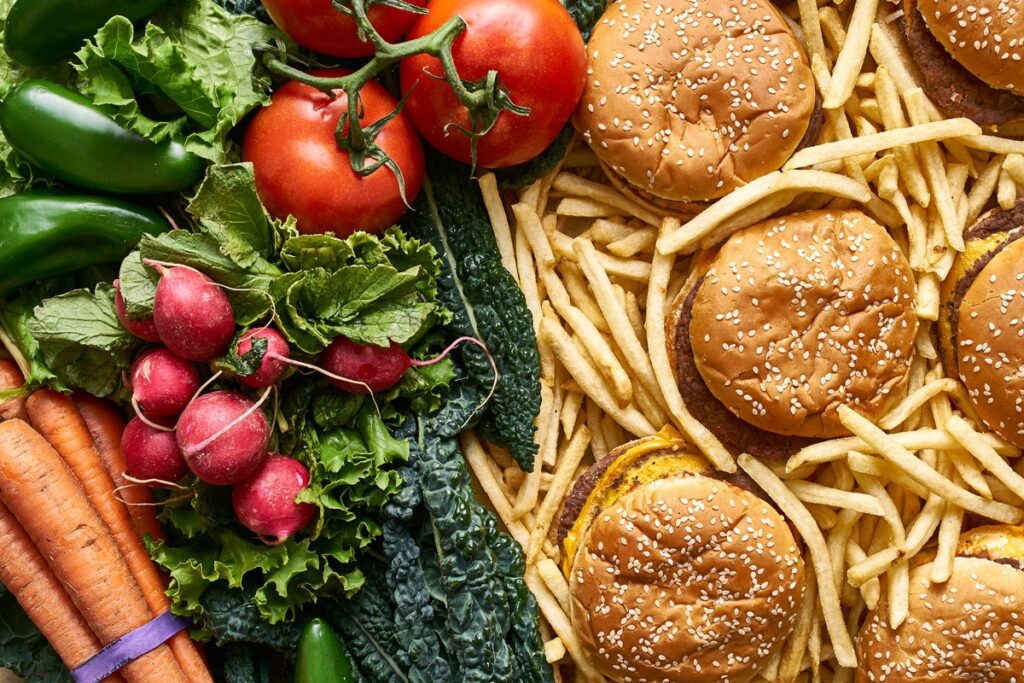The Impact of GLP-1 Medications on Food Preferences and Taste Perception
As more people turn to GLP-1 medications like Wegovy and Ozempic for weight management, an intriguing side effect has come to light: changes in taste and food preferences. These pharmacological treatments, originally developed for managing type 2 diabetes, have shown to induce a sense of fullness, but many users report more than just an appetite decrease.
Personal Accounts of Shifting Palates
Alyssa Fraser, a former food reporter, encapsulates this phenomenon. Despite her lifelong passion for cooking, the onset of Wegovy altered her relationship with food. “Savory meals lost their appeal,” she noted, revealing that favorite flavors transformed into experiences that felt “vegetal” or overly reminiscent of the animal origins. Such stark changes have led individuals like Fraser to view food more as a necessity than a joy.
Common Experiences Among Users
Fraser’s experiences resonate with a wider audience. Users of other GLP-1 medications, such as Ozempic and Zepbound, similarly report diminished interest in specific foods, particularly rich meats and processed snacks. Anecdotal evidence from online forums and surveys illustrates a growing disinterest in calorie-dense items, aligning with grocery store data indicating reduced spending on such foods among users of these medications.
Research Insights into Food Preferences
A study published in the journal Food Quality and Preference provided some empirical support for these anecdotal accounts. Participants using GLP-1 medications reported decreased consumption of processed foods and an increased intake of fruits and vegetables, with an overall reduction of about 700 calories per day. However, these self-reported outcomes raise questions about reliability, according to Brandon McFadden, an expert in food policy economics.
Understanding the Mechanisms Behind Taste Changes
Among the interesting mechanisms at play, GLP-1 drugs act by mimicking a natural hormone that regulates hunger. This interaction not only promotes satiety but may also alter how the brain perceives food and pleasure derived from eating. John Blundell, an authority in psychobiology, explains that satiation can change food cravings; the urge for certain savory foods may diminish as individuals reach fullness. However, they might still find certain foods appealing in a sensory sense.
Individual Variability in Taste Perception
Interestingly, the effects on taste are not uniform. Users report a range of experiences, with some stating flavors have become stronger or even unpleasant. For example, Siobhan, a Wegovy user since 2021, noted that her once-favorite panang curry has turned “too bitter” to eat, while Sarah, another user, expressed modified cravings, leading to less spicy meals for her family.
Scientific Investigations into Taste Sensitivity
Research has unveiled the presence of GLP-1 receptors in human taste buds, opening pathways to understanding how medications may alter taste. Past studies suggested individuals with higher body weights perceived flavors less vividly, potentially leading to increased consumption in search of sensory satisfaction. Recently, a study presented at the Endocrine Society’s 2024 conference indicated heightened taste sensitivity among women using semaglutide, suggesting that such medications might enhance or dampen flavor experiences.
Contrasting Findings
Conversely, another study in Physiology & Behavior indicated reduced sensitivity to all basic tastes in individuals taking GLP-1 medications. Researchers, surprised by these findings, assert that understanding how GLP-1 medications influence taste perception is a crucial area for further exploration.
Conclusion: Navigating Changes in Culinary Joy
While the effects of GLP-1 medications on appetite and food preferences can facilitate weight management, they bring complexities for users. As Fraser puts it, the enthusiasm for cooking has waned, replaced by a focus on health: “The mental load of weight loss has been greatly reduced, and that is worth it to me.” The journey through these shifts highlights the delicate balance between health advancements and the inherent joy of culinary experiences.


